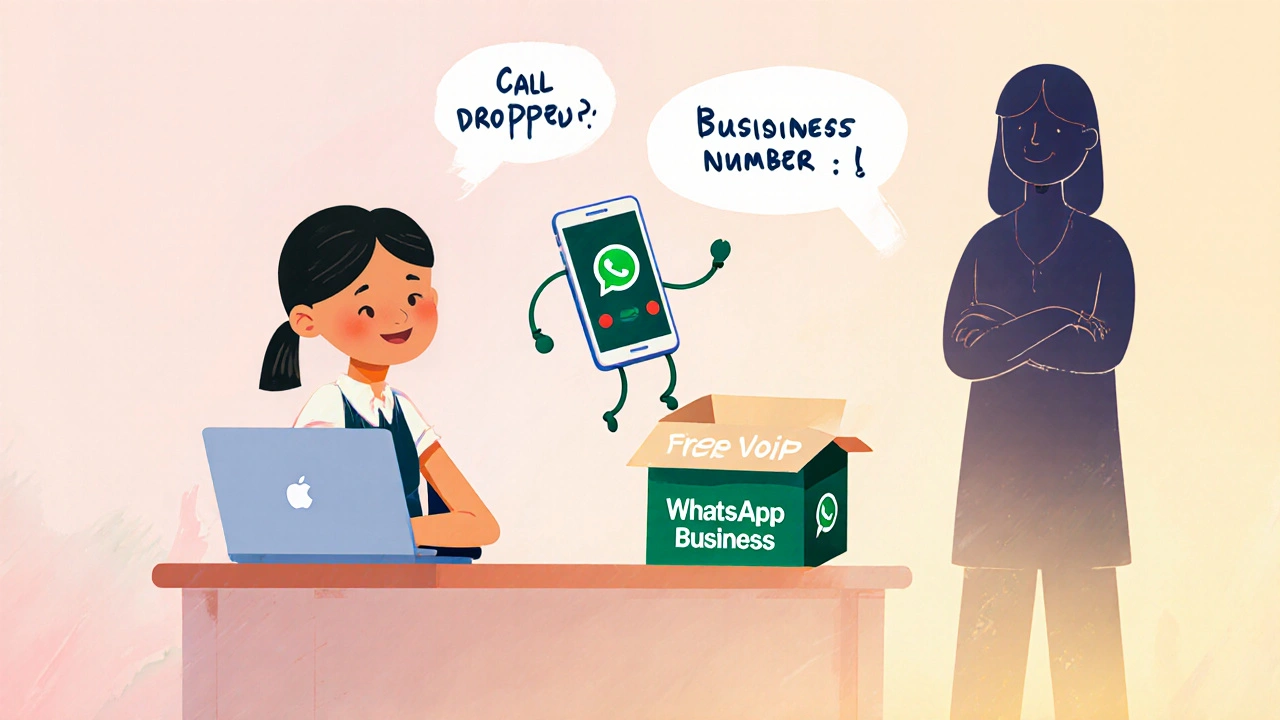Business VoIP: Cut Costs, Improve Calls, and Secure Your Phone System
When you think of a business phone system, you might picture old desk phones and tangled wires. But business VoIP, a phone system that uses your internet connection instead of traditional phone lines. Also known as IP telephony, it’s what modern teams use to make calls from laptops, phones, and even apps like Slack—no hardware needed. It’s not just cheaper. It’s smarter. You can record calls for compliance, route them automatically, track how long agents spend on each call, and even use AI to spot customer complaints in transcripts—all from the same platform.
What makes business VoIP different isn’t just the tech—it’s what you can do with it. cloud VoIP, a system hosted online with no on-site servers slashes your five-year costs by up to 75% compared to old PBX systems. VoIP call recording, the ability to legally save and review phone conversations isn’t optional anymore—it’s required under HIPAA, TCPA, and GDPR. And VoIP security, protecting your calls from hackers, toll fraud, and eavesdropping isn’t a luxury. Without proper access controls and encryption, your business is wide open to attacks that can cost thousands in minutes.
Most small businesses don’t need fancy IVRs or expensive headsets. They need systems that just work: clear calls, easy setup, and tools that actually help them serve customers better. That’s why posts here cover real tools like OpenPhone, how to fix audio that’s too quiet or too loud, why 20ms packetization is still the sweet spot for call quality, and how to stop SIP brute-force attacks before they break your budget. You’ll find guides on setting up virtual receptionists for remote teams, tagging call outcomes to improve sales follow-up, and using analytics to predict busy times—so you’re never short-staffed during a surge.
Whether you’re a one-person shop or managing a contact center, business VoIP gives you control. No more paying for unused lines. No more missed calls because someone’s on the road. No more guessing why customers hang up. The tools are here. The data is there. All you need is to know what to look for—and that’s exactly what these posts deliver.

